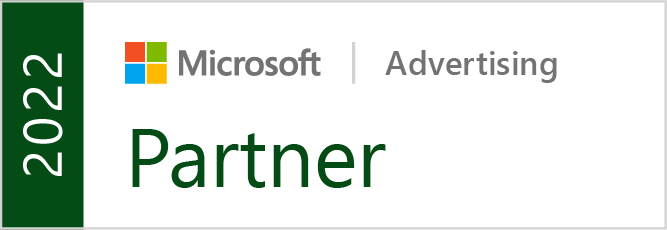Anyone that has built a website from scratch knows how much effort it takes to build an audience, raise your traffic and generally get your site known about. So, what happens if suddenly all that traffic disappears? All of that work can be undone in a single moment. Why does this happen? Usually it is because of mistakes you never knew you were making. Here are 7 common mistakes that could make your website fail.
- Pointing All of Your Backlinks Into Your Home Page – Link building is an essential part of any website’s SEO and doing it well means improving your search engine performance. The most common mistake with backlinking is directing all of your links back to your home page. Search engines think it is strange if all of your backlinks point to your homepage and will penalize your search rankings and your traffic. Instead, spread your link distribution and point backlinks to different pages within your website.
- Unnecessary Clutter – If you’re getting a lot of traffic, it’s natural to want to maximize your profit by monetizing your website. But be careful if you try to do this. Many add unnecessary clutter to their page while trying to monetize content, which changes your pages appearance and the way the public interacts with it. Too many advertisements and other clutter, will soon send the public elsewhere.
- Giving Too Much Content at Once – Content may be what the public is seeking on the Internet, but giving them too much of it in one place can be a bad thing. You want to keep your audience comfortable. Don’t make them feel overwhelmed by putting too much information in a single page. If you are going to be giving lots of content at once, split it across several pages so you will keep visitors’ interests.
- Amateurish Design – If you want your website to be respected, don’t put the design in unexperienced hands, even if they are your own. No matter how good your content is, if the design is off putting, you still won’t get visitors. It’s easy to find good website templates for cheap and there are always designers for hire. Don’t risk your reputation on a shoddy design.
- Being Disorganized – Visitors will always want their experience with your website to be as easy as possible. This seems simple, yet many still provide confusing and disorienting sites that frustrate their visitors. Those visitors won’t care about what content you are offering if they can’t find it easily.
- Trying to Advertise Before Your Content is Finished – Search engines will notice if you try to push for traffic before your website content is finished. Search engines favor content that is geared towards their audience and no audiences favor unfinished content. It seems amateurish, and you are focusing on the popularity and money before you have a proper product to offer. Instead, get some great content before you start trying to attract the public.
- Going Plain Text – It’s simple: people get bored quickly. Failing to add graphics, means your audience will get bored almost immediately. Give your visitors something to catch their eye everywhere you can. Keep them interested.
These ideas may seem like common sense, but websites continue to make these mistakes every day. Avoid them or one day you may notice your traffic has gone somewhere else.
For some other more information on how to keep your website running smoothly, go to Sathishkumar Varatharajan’s article at designrhub.



